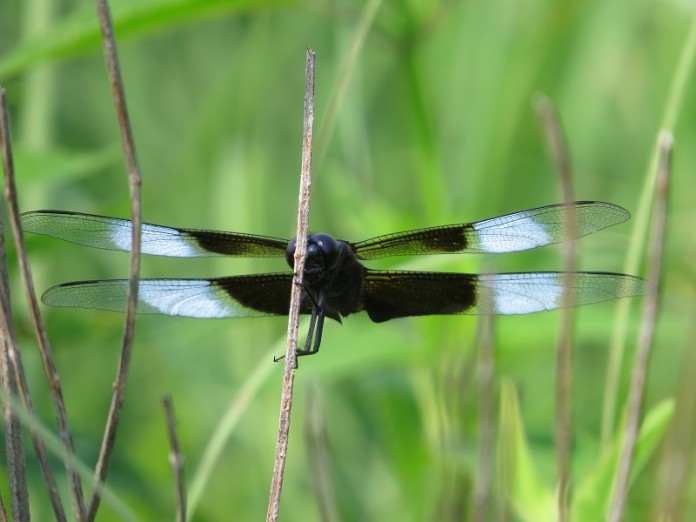
A few inches above the top of the prairie grass, scores of dragonflies darted through the air, feeding on other insects, such as gnats, flies and mosquitoes. Dragonflies are also called “devil’s darning needles” and “stingers,” but they are harmless to humans. They are actually very beneficial because they feed on insects that people consider pests.
Geologists report fossils remains of dragonflies have been found that are 300 million years old, dating back in time to the carboniferous period of geological time. This is the same era when coal deposits were being formed in Iowa. Some of the fossils of these insects have wingspans of more than two feet.
Dragonflies are very fast fliers and are able quickly to change course in any direction. They always hold their wings at right angles to their bodies. The closely related damselfly is smaller and a weaker flier and when it is at rest, it holds its wings folded above its body.
The dragonflies are able to see and capture other flying insects because of their well developed eyes. Some scientists say a dragonfly’s eyes are the most sensitive of all the insects.
Their eyes are made up of more than 40,000 facets that probably form a mosaic-like image in the dragonfly’s brain. The number and arrangements of these facets allow these insects to see in every direction as they are searching for their prey.
As they fly, dragonflies catch other insects with their legs and eat them on the wing. At other times they will land on a plant and eat non-flying insects, such as aphids or the larvae of other insects. Frequently large groups of dragonflies can be seen feasting on swarming termites or bees.
They will often establish a hunting territory and defend it from other dragonflies. Many times dragonflies can be observed sitting on a twig or blade of grass, and then they will fly out for a few feet to grab an insect and return to the same perch and wait for another insect to pass by.
Sometimes they can seen sitting very still on a perch in the early morning, waiting for the sun to warm their bodies before they can fly and search for food. Because they are cold-blooded, they are very sensitive to cool temperatures.
In late summer, the females lay their eggs in water, and the hatching will occur in the spring. The newly hatched larvae are called nymphs or naiads. Some species will spend up to six years in the larval stage, while others mature in only a few months.
Their development time depends upon the availability of food and the temperature. The dragonfly nymphs eat tadpoles, fish and aquatic insects, but the nymphs are also eaten by large fish, water bugs and beetles.
All of the nymphs require clean water for growth and development. It is also necessary that the water has a high oxygen content and with a minimum amount of silt and algae. Biologists often use the population of dragonfly larvae in streams as an indicator of water quality. The more larvae seen in a stream, the cleaner the water.
For millions of years, dragonflies have been the fastest and most agile insect flying in the air. The next time you see one, take a moment to admire the unique beauty of this helpful insect.









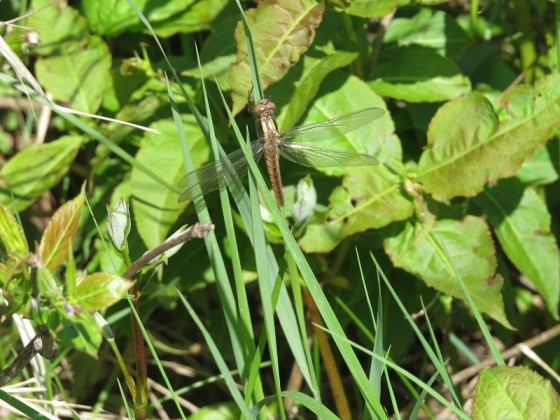
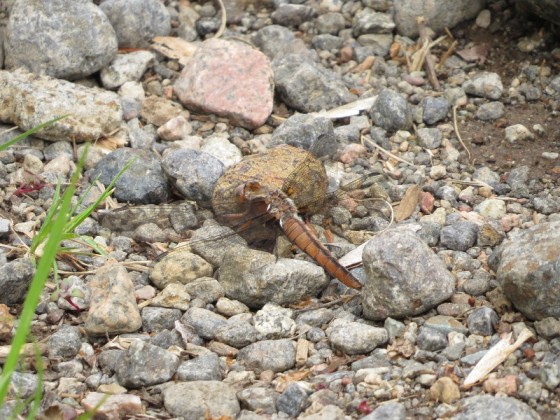
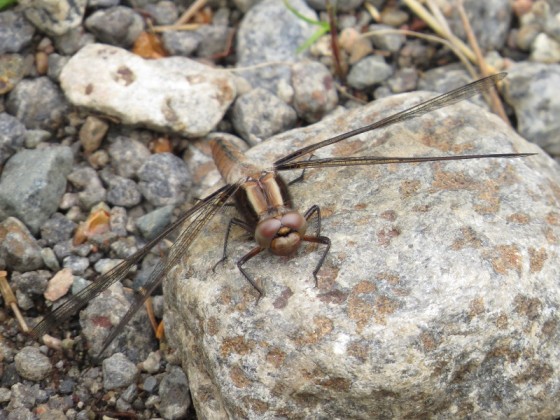
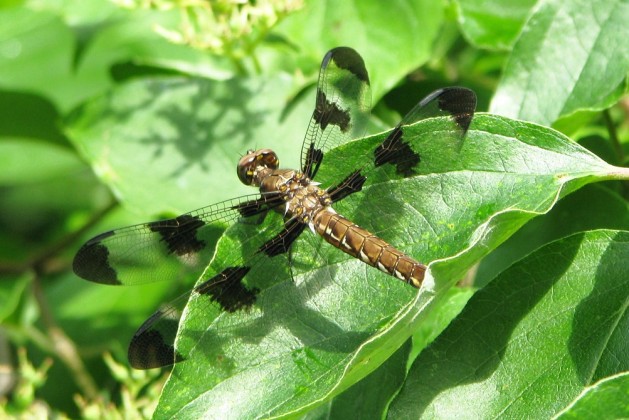
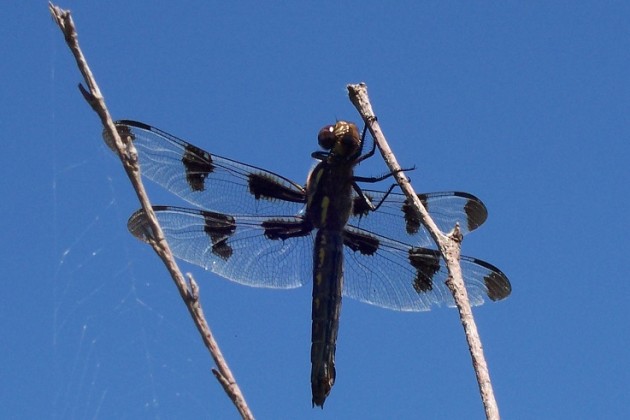
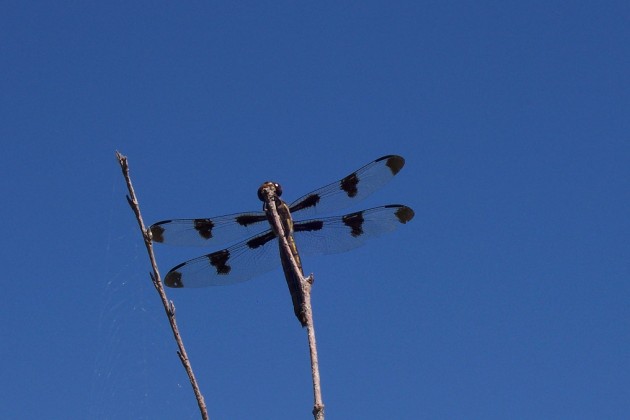
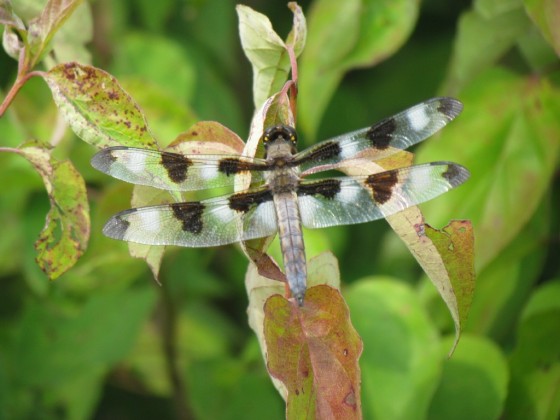









Love the photo. 300 Millions years? I don’t think so. That’s a guess. I’m a Creationist. There is absolutely no proof of evolution in the fossil record whatsoever. I’ll debate anyone anywhere anytime. Have a good weekend. Keep up the nice work on your paper.